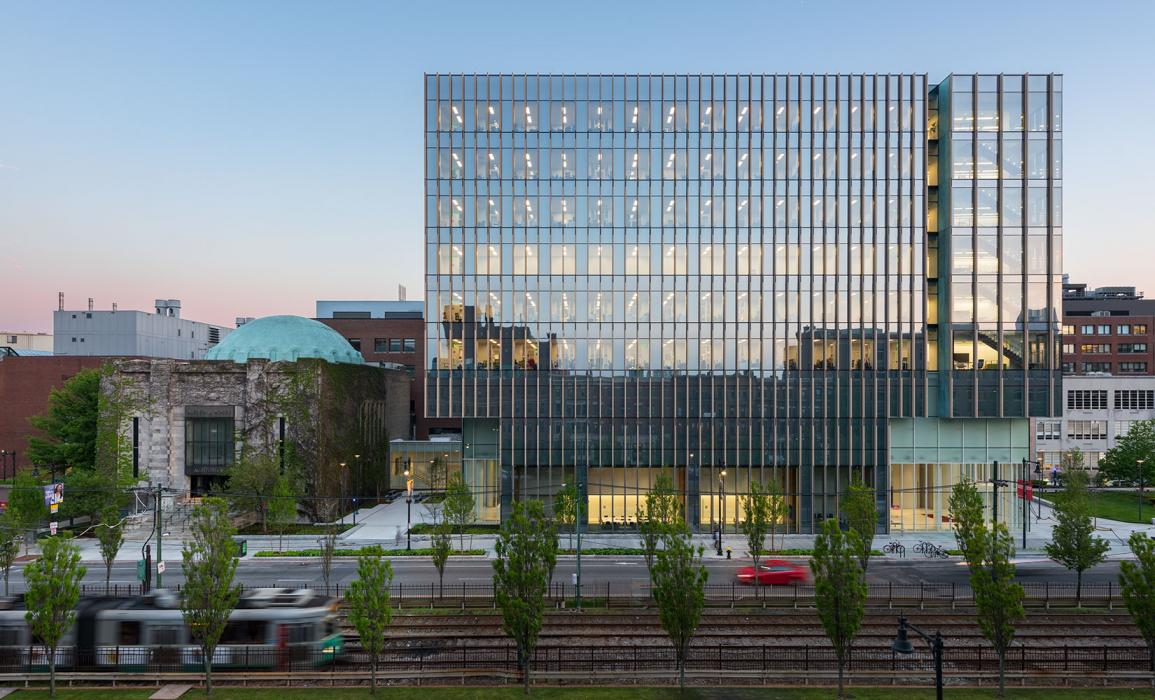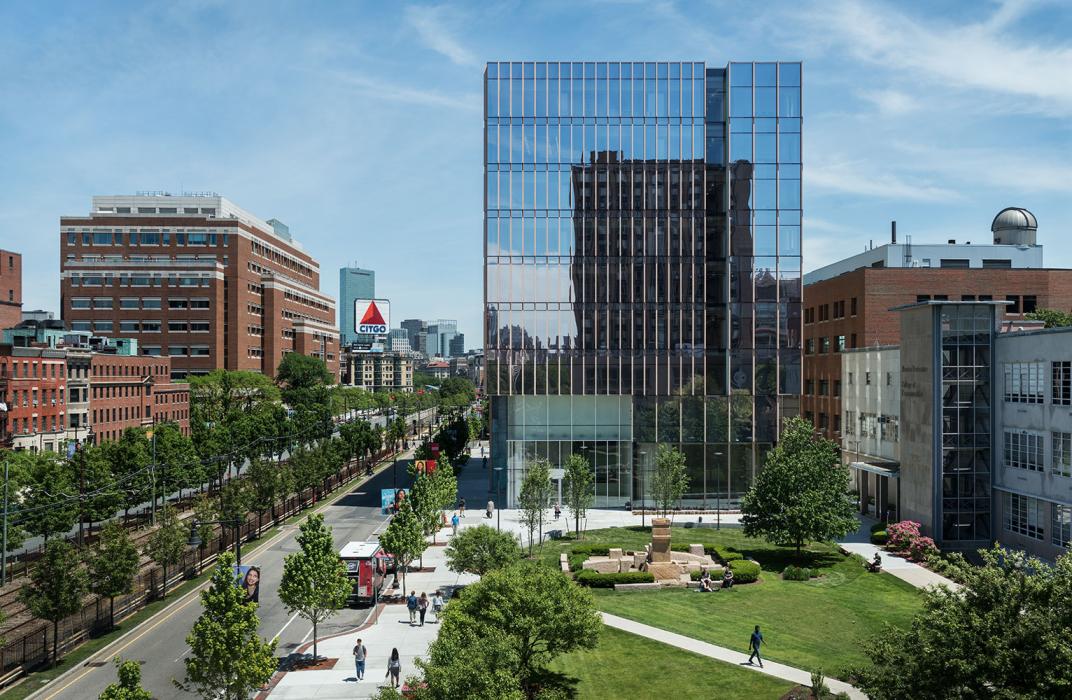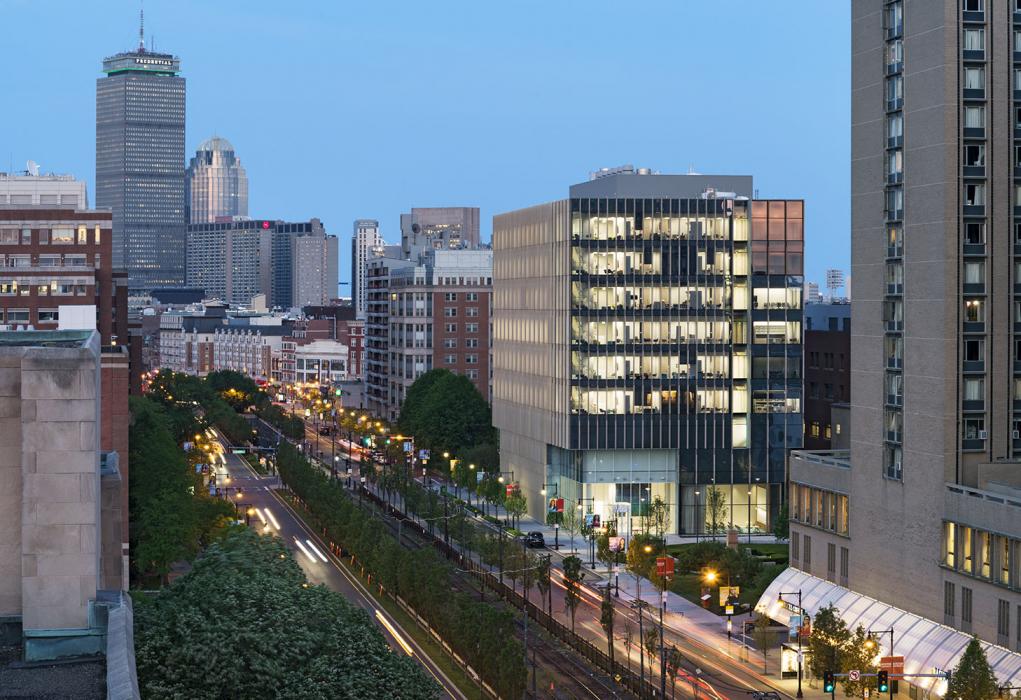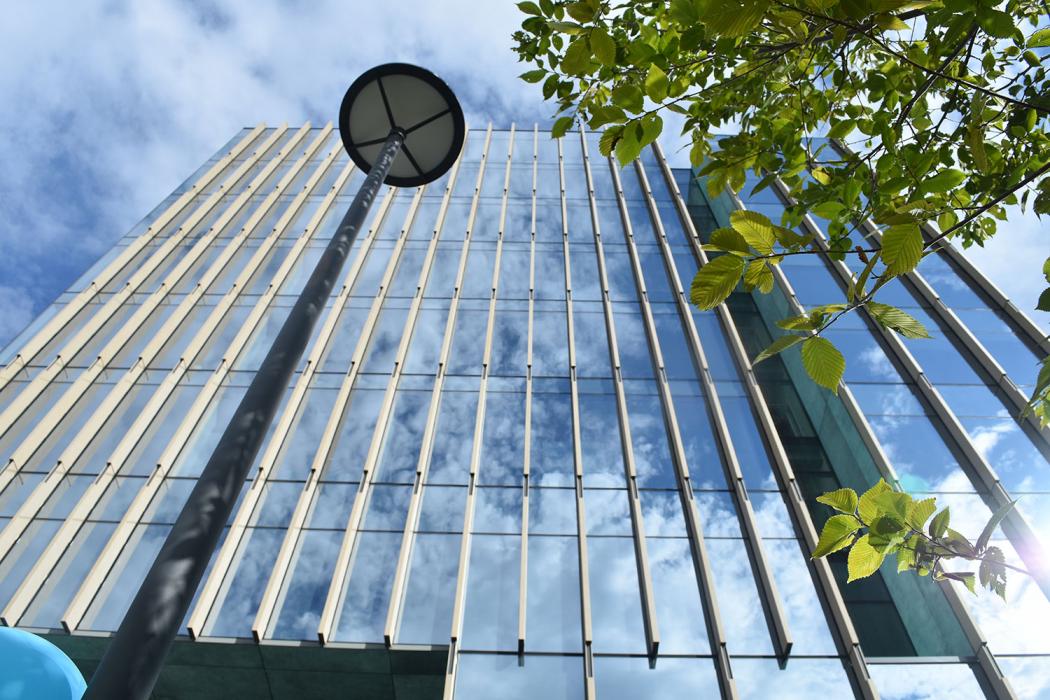
Rajen Kilachand Center for Integrated Life Sciences & Engineering
Bringing together life scientists, engineers, and physicians from the Boston University Medical and Charles River campuses.
Overview
The Rajen Kilachand Center for Integrated Life Sciences & Engineering brings together life scientists, engineers, and physicians from the Boston University Medical and Charles River campuses. Rising nine stories on Commonwealth Avenue, the building includes spaces for neuroscience research, systems / synthetic biology research, a satellite vivarium, and a cognitive neuro-imaging center. Floors two and three house the mechanical, electrical, and vivarium support spaces, and floors four through nine are secured and dedicated to faculty and their research. The building connects to the 3-5 Cummington Building at the ground floor and the third floor via a pedestrian bridge.
We provided structural design services to Payette for the 170,000-square-foot research facility, which was completed in 2017.
Highlights
- Two one-story-tall transfer trusses span between the buildings at level 3 on the west side and the northeast corner of the building. Tall curtain walls with thin mullions were required at the northwest and southwest entrances.
- The FMIR room on the ground floor of the laboratory building meets strict vibration criteria and was required to be nonmagnetic. Stringent vibration criteria were also required for the typical laboratory floors.
- The building’s typical structural floor system is composed of concrete floor slab over metal deck on W-shaped structural steel floor beams and girders supported by structural steel columns. The structural frame at the ground level consists of structural concrete flat slab and concrete grade beams along the perimeter, supported by the pressure-injected footings with pile caps. The lateral force-resisting system comprises steel moment frames in the east-west direction and steel braced frames in the north-south direction.













